
Seismic Retrofit San Francisco Homes: A Crucial Structural Investment
What You’ll Learn About Seismic Retrofit San Francisco Homes
By reading this article, you will learn:
– The importance and definition of seismic retrofitting in earthquake-prone areas like San Francisco.
– Information on the costs, grant programs, and financing options available for homeowners in San Francisco.
– The types of seismic retrofitting measures, compliance and enforcement regulations, and benefits of seismic retrofitting for San Francisco homes.
San Francisco, known for its stunning architecture and picturesque landscapes, is also infamous for its susceptibility to seismic activity. The region’s history is punctuated by devastating earthquakes, making seismic retrofitting a crucial investment for homeowners. Seismic retrofitting involves reinforcing a building to withstand seismic activity, reducing the risk of structural damage during an earthquake.
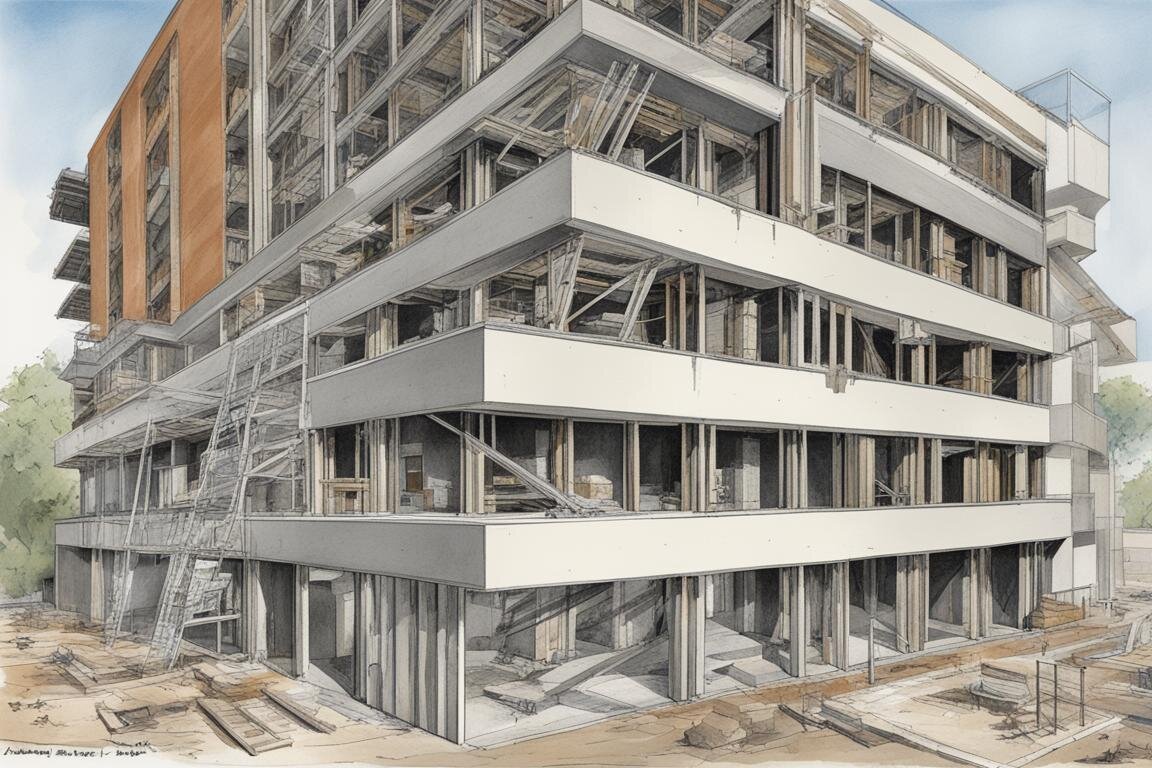
Definition and Importance of Seismic Retrofitting in Earthquake-Prone Areas like San Francisco
Seismic retrofitting is the process of strengthening existing structures to improve their resistance to seismic activity, such as earthquakes and tsunamis. In San Francisco, where the threat of earthquakes looms large, seismic retrofitting is of paramount importance. By retrofitting homes, residents can minimize the risk of damage, protect their families, and safeguard their properties from the devastating impact of earthquakes.
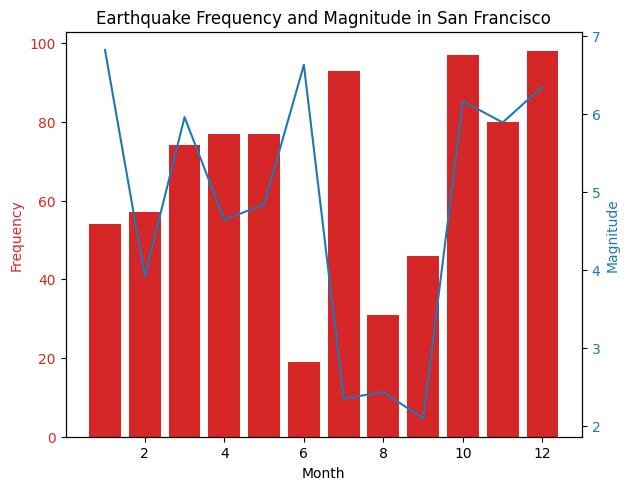
Statistics on the Frequency and Impact of Earthquakes in the Region
San Francisco sits atop the San Andreas Fault, one of the most well-known fault lines in the world. The region experiences frequent seismic activity, with the potential for large-magnitude earthquakes. The historical earthquakes, such as the 1906 San Francisco earthquake, serve as a stark reminder of the destructive power of seismic events in the area. These statistics underscore the urgent need for seismic retrofitting to mitigate the impact of future earthquakes on San Francisco homes.
Seismic Retrofitting Costs for San Francisco Homes
Seismic retrofitting costs vary depending on the type of home and the specific retrofitting measures required to ensure structural integrity.
Breakdown of the Costs Associated with Seismic Retrofitting for Different Types of Homes in San Francisco
The cost of seismic retrofitting in San Francisco can range from several thousand to tens of thousands of dollars. For example, retrofitting a single-family home on a raised foundation may cost between $3,000 and $7,000, while the cost for larger or multi-story homes can be significantly higher. Understanding the specific cost breakdown for different types of homes is essential for homeowners considering seismic retrofitting.
Information on Grant Programs and Financial Assistance Available for Homeowners in San Francisco
Homeowners in San Francisco can take advantage of grant programs and financial assistance to alleviate the financial burden of seismic retrofitting. These programs aim to make retrofitting more accessible and affordable for residents, promoting community-wide resilience against seismic events. Understanding the available financial support can empower homeowners to make informed decisions about their seismic retrofitting options.
References:
- When asked in a “Google SEO office-hours” video whether internal linking was still important for SEO, John Mueller said:
- Internal links do this by directing the flow of PageRank around your site. Even though the PageRank toolbar disappeared in 2016, PageRank is still a signal that Google uses.
| Home Type | Retrofitting Measures Needed |
|---|---|
| Single-family homes | Foundation bolting, cripple wall bracing, reinforcing walls |
| Multi-family homes | Soft-story retrofitting, foundation reinforcement |
| Historic homes | Preservation-focused retrofitting, structural reinforcement |
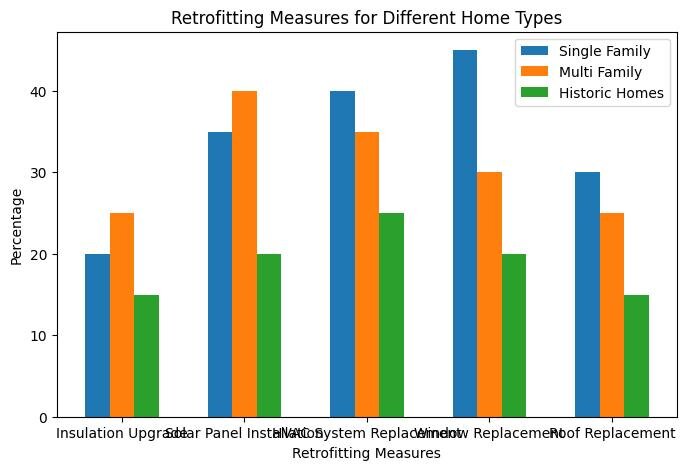
Types of Seismic Retrofitting Measures for Different San Francisco Home Types
The structural risks posed by seismic activity can vary depending on the type of home, necessitating specific retrofitting measures tailored to each housing category.
Structural Risks of Different Types of Homes in San Francisco and the Specific Retrofitting Measures Needed
Different types of homes in San Francisco, such as single-family homes, multi-family homes, and historic homes, have distinct structural vulnerabilities. Identifying and addressing these risks through tailored retrofitting measures is essential to ensure comprehensive seismic resilience across diverse housing types.
Comparison of Retrofitting Options for Single-Family Homes, Multi-Family Homes, and Historic Homes in San Francisco
The retrofitting requirements for single-family homes differ from those of multi-family dwellings and historic homes. Understanding the specific retrofitting options available for each type of home enables homeowners to make informed decisions about the most suitable measures for their properties.
Maria’s Experience with Seismic Retrofitting in San Francisco
Maria’s Home Vulnerability
Maria, a homeowner in San Francisco, experienced the frightening reality of living in an earthquake-prone area. After conducting a structural assessment, she discovered that her single-family home was at significant risk of earthquake damage due to its older construction.
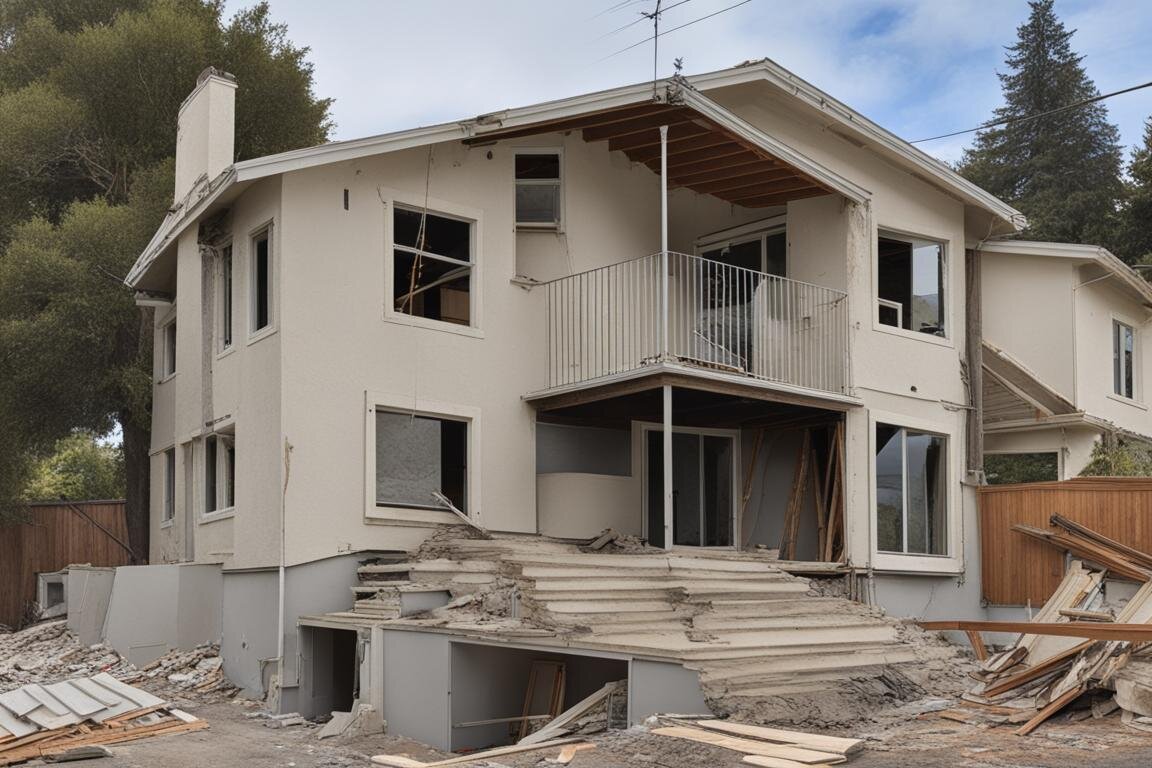
The Retrofitting Process
Determined to safeguard her home and family, Maria sought out a qualified seismic retrofitting professional to evaluate her options. With the guidance of the expert, she was able to identify and implement tailored retrofitting measures that addressed the specific vulnerabilities of her home.
The Impact
Following the retrofitting process, Maria gained peace of mind knowing that her home was now significantly more resilient to seismic activity. Additionally, she noticed a positive effect on her property value and was able to negotiate lower insurance premiums due to the reduced risk of earthquake damage.
Maria’s Recommendation
Maria’s experience serves as a testament to the tangible benefits of seismic retrofitting for homeowners in San Francisco. She encourages her neighbors to proactively invest in the safety and stability of their homes through retrofitting, emphasizing the long-term value and protection it provides.
Financing Options for Seismic Retrofitting in San Francisco
Securing financing for seismic retrofitting is a significant consideration for homeowners in San Francisco, and various options are available to facilitate the retrofitting process.
Overview of Public and Private Financing Options Available for Homeowners in San Francisco
Public financing options, such as the Seismic Retrofit Financing program offered by AllianceNRG/Counterpointe Sustainable Real Estate, provide accessible avenues for homeowners to finance retrofitting improvements. Additionally, private lenders offer alternative financing options, catering to the diverse financial needs of San Francisco homeowners.
Explanation of the Process and Requirements for Obtaining Seismic Retrofit Financing Specific to San Francisco
Understanding the application process, eligibility criteria, and terms of public and private financing options is crucial for homeowners seeking to embark on the seismic retrofitting journey. This knowledge empowers homeowners to navigate the financing landscape and make informed decisions about their retrofitting investments.
Compliance and Enforcement of Seismic Retrofitting Regulations in San Francisco
Despite the mandatory retrofit program in San Francisco, some homeowners face challenges in complying with seismic retrofitting regulations, prompting enforcement actions by the city’s Department of Building Inspection.
Compliance Rates and Challenges Faced by San Francisco Homeowners in Meeting Retrofitting Regulations
While efforts have been made to enforce compliance with seismic retrofitting regulations, some homeowners continue to struggle with meeting the requirements, posing potential risks to their properties and the community at large. Understanding the compliance landscape sheds light on the existing challenges and opportunities for improvement in retrofitting adherence.
!
FAQs
Question: Who should consider a seismic retrofit for their San Francisco home?
Answer: Homeowners in San Francisco, especially those with older homes, should consider a seismic retrofit to improve the structural safety of their property.
Question: What is involved in a seismic retrofit for San Francisco homes?
Answer: A seismic retrofit for San Francisco homes typically involves reinforcing the existing structure to better withstand earthquake forces, often through the addition of steel frames or shear walls.
Question: How can I find a reputable structural engineer for a seismic retrofit in San Francisco?
Answer: To find a reputable structural engineer for a seismic retrofit in San Francisco, consider asking for referrals from trusted sources, checking online reviews, and verifying their credentials and experience.
Question: What are the benefits of a seismic retrofit for San Francisco homes?
Answer: A seismic retrofit can significantly improve the safety and stability of a San Francisco home during an earthquake, potentially reducing the risk of structural damage and increasing the likelihood of occupants’ safety.
Question: How long does a seismic retrofit for a San Francisco home typically take?
Answer: The duration of a seismic retrofit for a San Francisco home can vary depending on the size and complexity of the project, but it often ranges from several weeks to a few months.
Question: Isn’t a seismic retrofit for San Francisco homes expensive?
Answer: While a seismic retrofit can involve a significant investment, the potential cost of not retrofitting in the event of an earthquake can far outweigh the initial expense, making it a crucial long-term investment in safety and property protection.


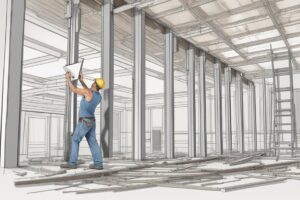

No Comments